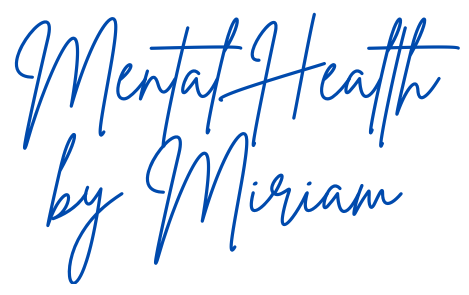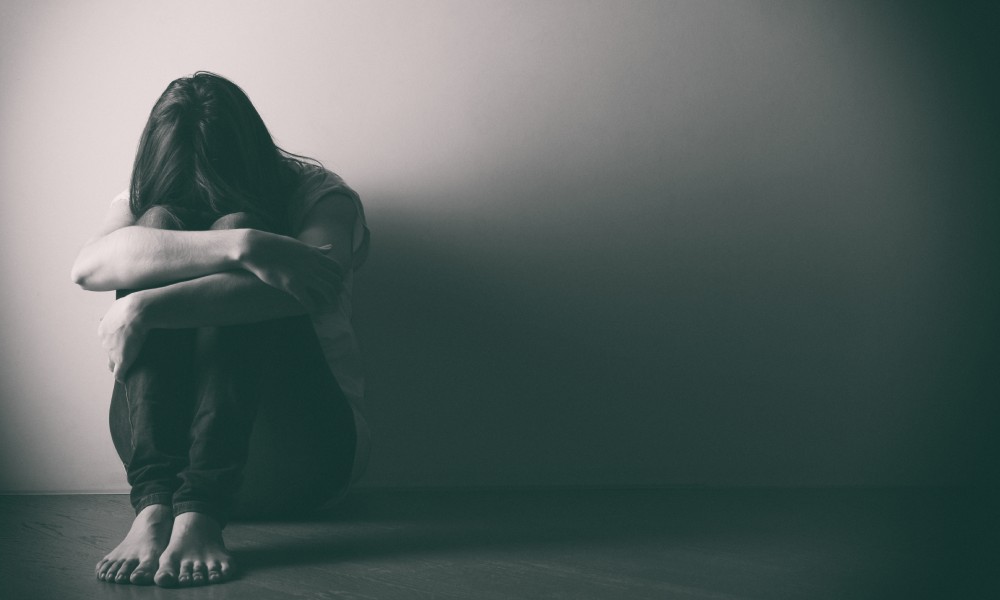Navigating through mental health topics can be daunting, especially when trying to distinguish between conditions like seasonal affective disorder (SAD) and depression. Both can significantly impact your life, but understanding their differences can help you seek appropriate treatment and support.
Definition and Symptoms
Depression is a common mood disorder that impacts how you think, feel, and handle daily activities. Symptoms include persistent sadness, loss of interest in activities, changes in appetite or weight, difficulty sleeping or oversleeping, low energy, and feelings of worthlessness or guilt.
SAD, on the other hand, is a type of depression that occurs at a specific time of year, usually in the winter. Its symptoms overlap significantly with depression, including sadness, lethargy, and changes in sleep and appetite. However, SAD is distinguished by its seasonal pattern, often improving with the arrival of spring.
Causes and Triggers
While the exact cause of depression isn’t fully understood, it can be a combination of genetic, biological, environmental, and psychological factors. Major life events, trauma, and stress can trigger or exacerbate depression.
SAD’s primary trigger is the reduced level of sunlight during the shorter days of fall and winter. This lack of light can disrupt your body’s internal clock, leading to feelings of depression. It’s also linked to a drop in serotonin, a neurotransmitter that affects mood, and melatonin levels, which play a role in sleep patterns.
Seasonal Patterns and Impact on Daily Life
The seasonal aspect is a crucial differentiator. For those with SAD, symptoms typically start in the late fall or early winter and go away during the sunnier days of spring and summer. This predictable pattern can help distinguish SAD from non-seasonal depression, which doesn’t follow a seasonal timeline.
Both conditions can disrupt daily life. It’s essential to recognize that depression affects your ability to be happily married, maintain relationships, and function at work. If you suffer from depression, it’s crucial to communicate openly about your mental health disorder—don’t hesitate to let your boss know about your depression to seek accommodations or support.
Treatment Options and Management Strategies
Depression treatment often involves a combination of medication, therapy, lifestyle changes, and support from loved ones. Cognitive-behavioral therapy (CBT) and antidepressant medications can help you manage your symptoms. You can also seek activities to help reduce your depression symptoms.
Light therapy (phototherapy) is the primary treatment for SAD. It involves sitting in front of a special light box miming natural sunlight. In addition to light therapy, CBT and medications can also be effective for managing SAD.
Long-Term Effects and Prognosis
Without treatment, both SAD and depression can lead to significant long-term impacts on quality of life. They can increase the risk of developing other mental health disorders and chronic physical conditions. The prognosis varies, but many individuals can lead fulfilling lives with timely intervention and ongoing management.
Understanding the distinctions between SAD and depression is crucial for effective treatment and support. If you suspect you have either condition, consult a healthcare professional for a proper diagnosis and tailored treatment plan. Remember, whether it’s through therapy, medication, or light therapy, there are ways to manage and reduce depression symptoms. Don’t hesitate to seek help and talk openly about your mental health with those around you.

